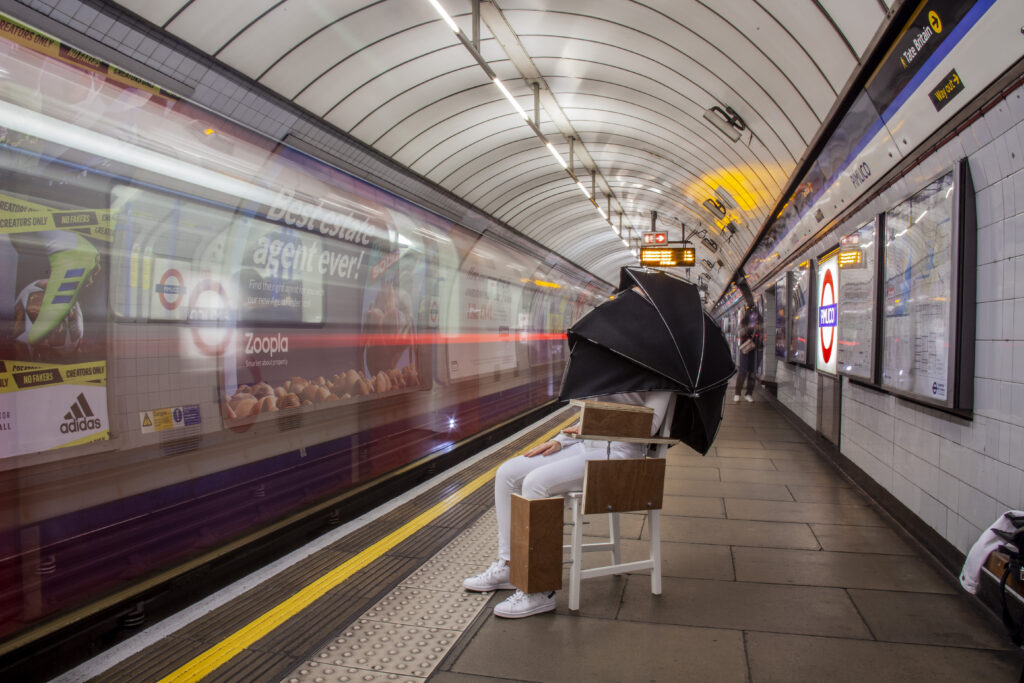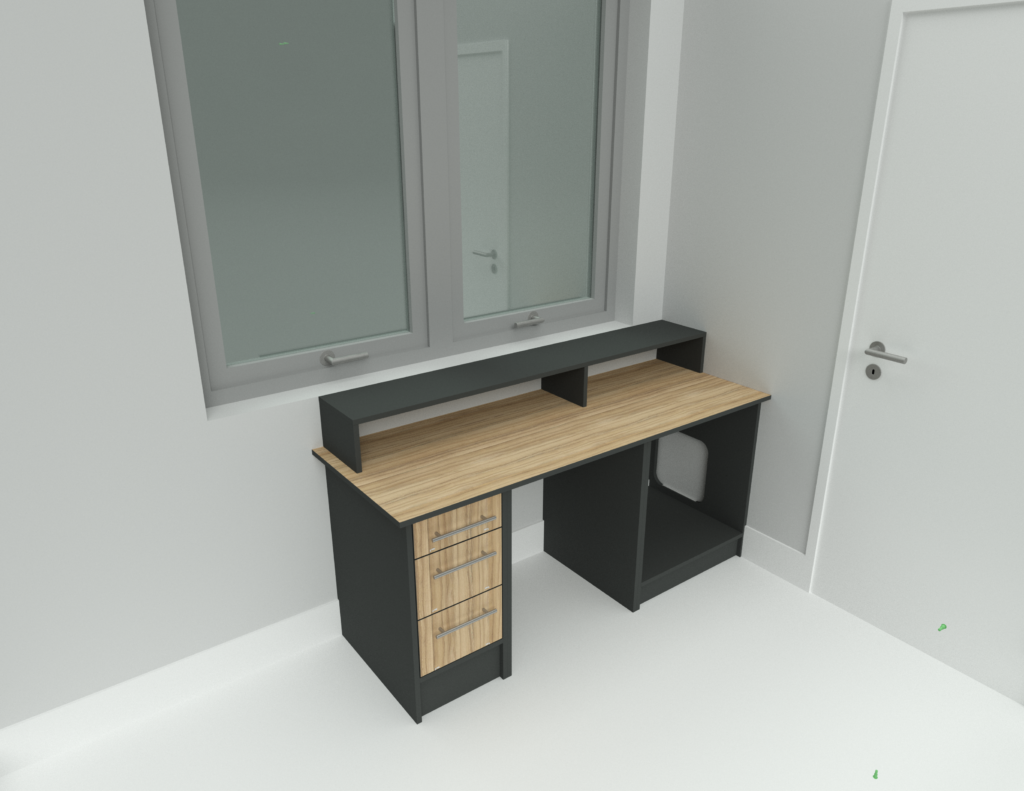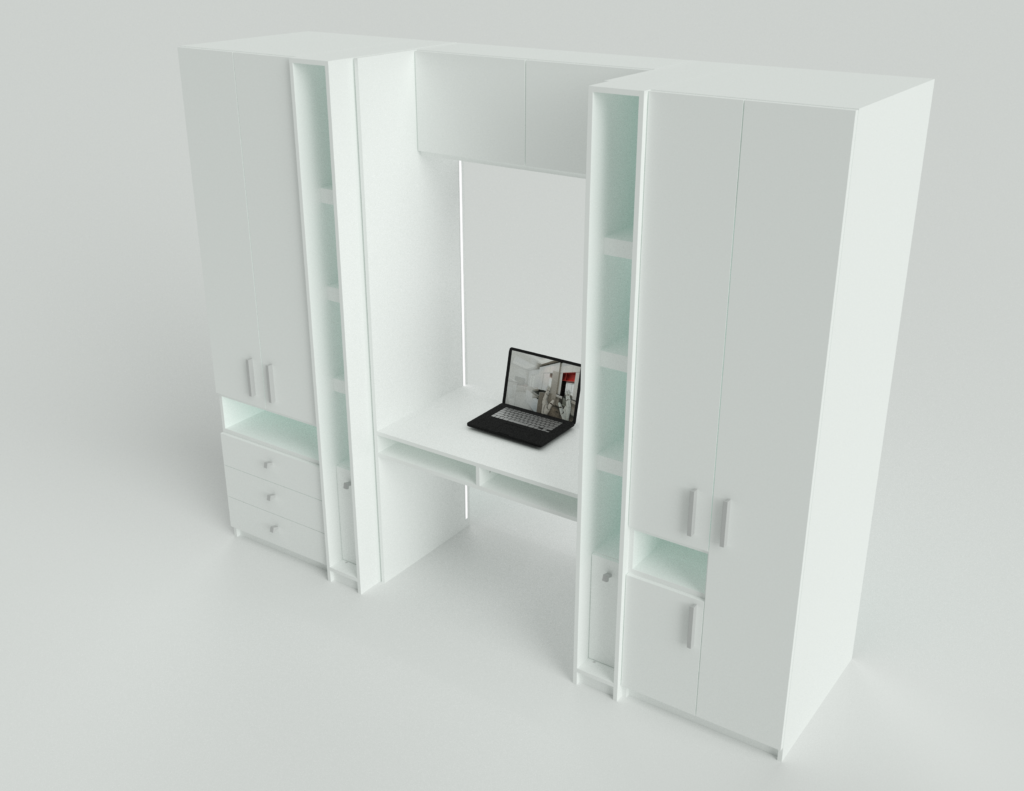21.02.2022
Meet our members: Alex Huxter Assoc.CSD
Our membership offering has been created to suit every stage of a designer’s career, ‘from learning to earning’ ™. In this blog, we spoke with Interior Design graduate, Alex Huxter Assoc.CSD, who recently upgraded from being a student member of the Society to an Associate.
Here, we speak with Alex about his career to date, his experiences of CSD as a student member and now as an Associate and his plans for the future.
Q: Please introduce yourself
I’m a 23-year-old Interior Design graduate from the University of the Arts London and Lead Interior / Product Designer for Digital Furniture Ltd.
Q: What made you choose this career?
From an early age, I was always interested in objects, I wanted to know everything about how they were made. Over time, my creative curiosity led me to photography and in turn, I started to become passionate about photographing buildings and learning more about architecture.
At the time, the logical thing to work towards was becoming an architect and I became fixated on pursuing that career. However, after undertaking work experiences at both a structural engineering firm and an architecture practice, I soon realised that it wasn’t the right path for me.
I think for a lot of young designers, it can be tricky to truly realise the wide breadth of design disciplines and all the different jobs and roles that are out there. For a long time, I was confused: do I become an architect? A model builder? What does it mean to become a ‘designer’?
In a very last-minute decision at Sixth Form, I decided to apply for Interior Design courses at universities. After visiting a few different campuses, I settled on the University of the Arts London (UAL) as it felt like a great fit for me.
Once I started studying Interior Design, it all fell into place for me. I kept pushing myself to network and take on freelance interior design projects. Thanks to this hard work, I was able to secure my current role at Digital Furniture Ltd, where I am working on truly innovative bespoke cabinetry projects.
Q: Tell us about your journey as a CSD member.
My Interior Design course was Accredited by CSD, meaning we were given free student membership of the Society during our studies. Although I’m still at the beginning of my design journey, I see membership of CSD as important. It’s not only a guideline for being a successful and professional designer, but the Society also provides designers with frameworks and CPD. This helps me to underpin my career, enabling me to stretch my creativity.
In the coming months, I’m going to be spending more time on CPD, understanding what the Society’s requirements are and also areas where I can upskill to better support my company too. Eventually, I would love to work towards becoming a Chartered Designer. It’s the ultimate recognition for a designer to work towards and something I would be honoured to achieve in the future.
I was recently reading about Elon Musk’s 5 step design process, and considering his approach to constantly optimising processes. One quote that stays with me from him is: “I think it’s very important to have a feedback loop, where you’re constantly thinking about what you’ve done and how you could be doing it better. I think that’s the single best piece of advice — constantly think about how you could be doing things better and questioning yourself.”
Q: What do you enjoy/value about CSD membership?
For me, the two things I value most about CSD membership are the credibility associated with the Society and the support it offers. For young designers (like myself), it can be hard to overcome barriers to entry, know who to speak with and when, and ultimately how to build a career from scratch. My membership grants me opportunities to link with like-minded individuals, and people who have different experiences and opinions to share ideas with and learn from. This only fuels my creativity and ultimately, makes me a more well-rounded designer.
Q: What do you find the most exciting and enjoyable thing about being a designer?
Is that I get to do what I love! At this early stage of my life, I get to bring all my passions together and work in a business I am invested in. I take collaborative ideas, create my design, plan and establish how we are going to manufacture it and then build it.
Q: What are the greatest challenges you face as a designer and how have you overcome them?
As I’m new to the industry, I am still learning constantly… more than I ever have! Not just in terms of the company but also how, as a designer, I need to approach each stage of the design process. So I am always facing new and exciting challenges.
As a student designer, I had to overcome some unique challenges too. As I was studying during the COVID-19 pandemic, I was suddenly spending my entire life in a small space. Working, sleeping, eating and studying at my desk for 12 – 14 hours a day was exhausting. It was hard to transition from the collaborative environment at UAL to working in what was essentially solitary confinement. Keeping productive was hard, but I learnt to plan my days and make time for speaking with friends and exercise.
Q: What are the most important qualities or competencies for a designer?
Anyone could write a library of books about what it is to be a designer. But from my narrow perspective: an instinct of a designer – of any discipline -is to be able to absorb knowledge from all aspects of creative forms, in their given field. Using interior design as the example: to decompose the primary principles of all these creative forms and re-build or to innovate interior design.
Q: If you were not a designer what else would you like to be?
I would struggle with myself to fit in elsewhere. In theory, I could divert my life goals and educate myself to become a stockbroker or mechanical engineer. But realistically. I am happy with the path I have taken and my future as a designer.
Q: What does design mean to you?
I hate this question with a passion! I would be able to study this question and write a 10,000-word essay on it and not even begin to scratch the surface about design.
Short, meaningfully, and simply. Design communicates an idea, a movement, an opinion, a motive, an experience, a form (the list continues) and effectively conveys your involvement in the world, invoking a difference in the world.
Q: In one sentence what advice would you give to a new designer?
I couldn’t put it any better than Norman Foster: “When you can’t imagine doing anything else, and you would do anything to be able to do it, then you know you’ve made the right decision.”
You can contact Alex through our Find-a-Designer tool or connect with him on LinkedIn.



